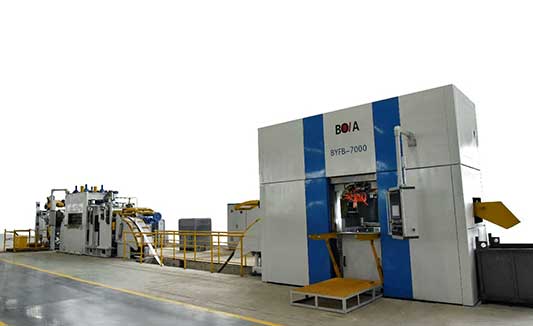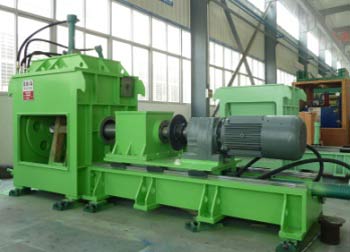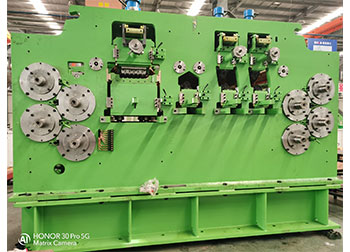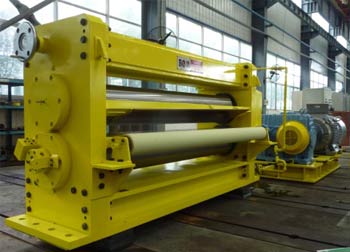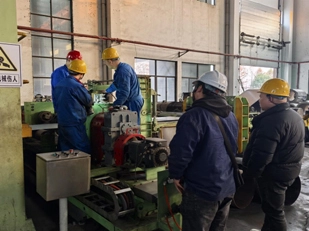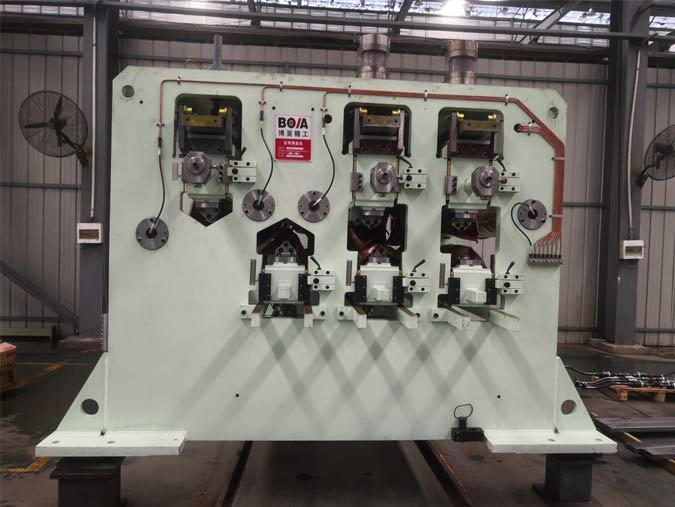How to Choose the Right Fine Blanking Machine for Your Needs
When it comes to producing high-quality parts using fine blanking technology, choosing the right machine is crucial. Fine blanking machines are precision tools designed to achieve accurate and repeatable results in metal processing. However, with so many options available on the market, how do you know which machine is right for your specific needs? This article will guide you through the selection process, helping you consider key factors like perplexity, burstiness, and cost-efficiency.
Understand Your Needs of Fine Blanking Machine
The first step in choosing the right fine blanking machine is to understand your specific production requirements. Determine the type and quantity of parts you need to produce, as well as the material thickness and type. Consider factors like tolerances, surface finish, and part complexity. By having a clear understanding of your needs, you can narrow down your options and focus on machines that meet your specific criteria.
Consider Perplexity and Burstiness
Perplexity refers to the complexity of the part geometry, while burstiness refers to the variability of the production volume. If you require high-complexity parts or have a varying production volume, it's important to choose a fine blanking machine with the necessary capabilities to handle these requirements. Look for machines with advanced features, such as high-speed hydraulics, precision tooling, and advanced control systems.
Analyze Cost-Effectiveness of Fine Blanking Machine
When purchasing a fine blanking machine, it's essential to consider cost-effectiveness. Determine the total cost of ownership, including the purchase price, maintenance costs, and operating expenses. Compare the total cost to the benefits you'll receive, such as increased productivity, improved quality, or reduced scrap. Ensure that the chosen machine provides good value for your investment and meets your long-term production needs.
Evaluate Machine Performance and Reliability
Investigate the performance and reliability records of different fine blanking machines. Look for machines that have a proven track record of accurate and repeatable results. Read customer reviews and testimonials to learn about other users' experiences with different machines. Additionally, consider machines from established and reputable manufacturers with good warranties and support networks.
Consider Operator Friendliness and Ergonomics of Fine Blanking Machine
When choosing a fine blanking machine, it's important to consider operator friendliness and ergonomics. Machines with easy-to-use controls, clear displays, and convenient features can make operating the machine more efficient and less stressful for operators. Look for machines designed with operator comfort in mind, as this can improve overall productivity and reduce the potential for operator errors.
Finally, compare different fine blanking machines on the market to identify the best fit for your needs. Research different models and brands, comparing their features, specifications, and prices. Attend trade shows or visit manufacturers' websites to learn more about their products and get a hands-on feel for different machines. Consider consulting with experts or suppliers to get their advice on selecting the right machine for your specific requirements.
Popular BOYA Flat Metal Processing Machinery
Other Articles about BOYA Flat Metal Processing Machinery

 English
English 